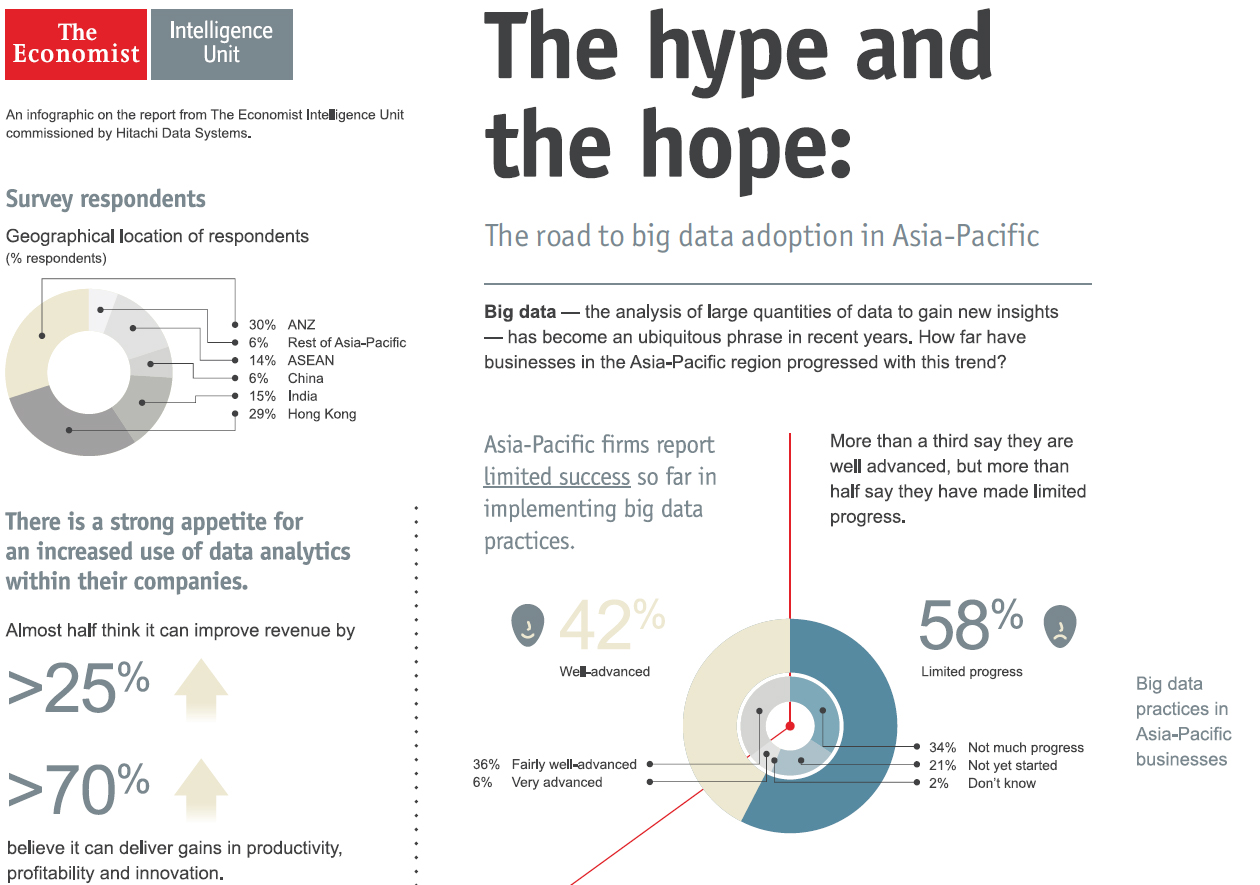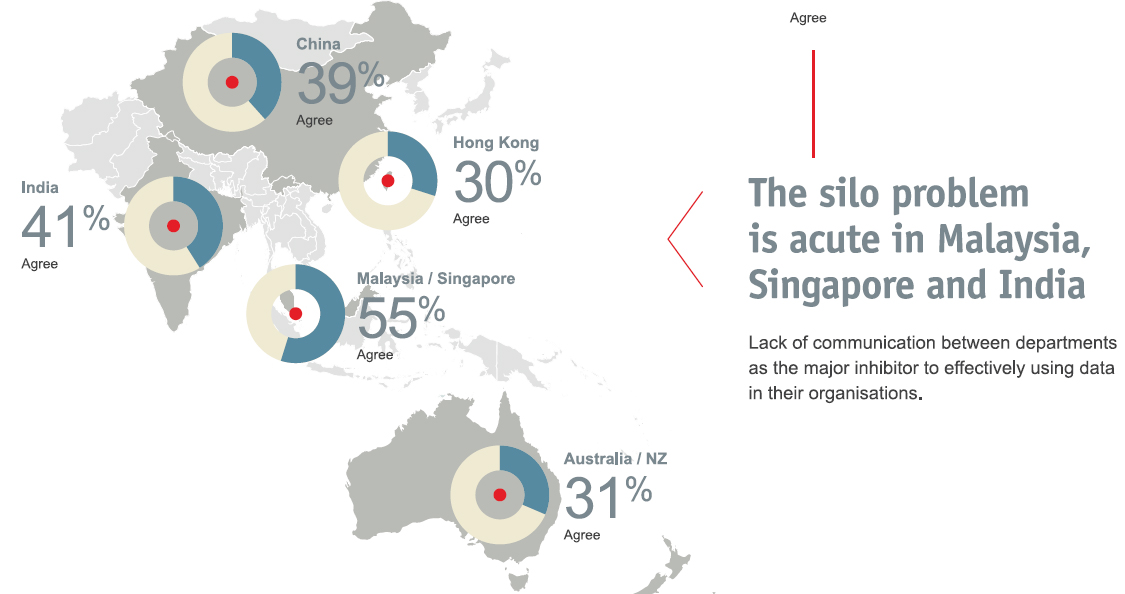- Category: July 2014 - Marketing Analytics
 When the Germany football team manager and SAP brand ambassador Oliver Bierhoff approached the enterprise software company SAP in 2013 to look for innovative ways to improve the team’s performance - after the huge disappointment in the European Championship 2012 - he was also taking advantage of revolutionary technological Big Data analytics leaps of SAP. Shortly afterwards, SAP and the DFB announced a partnership to improve the business processes of the federation.
When the Germany football team manager and SAP brand ambassador Oliver Bierhoff approached the enterprise software company SAP in 2013 to look for innovative ways to improve the team’s performance - after the huge disappointment in the European Championship 2012 - he was also taking advantage of revolutionary technological Big Data analytics leaps of SAP. Shortly afterwards, SAP and the DFB announced a partnership to improve the business processes of the federation.
Recently, this partnership has been extended to “co-innovate on software-based solutions to enhance on-field performance of Germany’s National Team”. SAP Match Insights is the first project with this intent, using Big Data to help the German coaching staff make smart decisions on tactics, player fitness, scouting, preparation as well as in game management.
Previously, the DFB had successfully implemented the SAP CRM rapid-deployment solution powered by SAP HANA as well as the SAP Event Ticketing software, both running in SAP HANA Enterprise Cloud.
But take a look at a brief video about Oliver Bierhoff speaking to SAP in regards in combining technology and football for the German team:
And chief analyst and DFB scout Christopher Clemens demonstrated how, at the touch of a button, relevant match scenes can be filtered out of the system and displayed on a tablet:
The big picture on Big Data in Asia Pacific Region
But let us now turn our attention to the region we are in. According to the study “The hype and the hope - The road to big data adoption in Asia-Pacific” conducted by The Economist Intelligence Unit (EIU) in 2013:
- Firms in the Asia-Pacific region have not yet embraced big data, but they feel that they should:
The majority of businesses have barely begun using big data. Just over a third say they have not made much progress while another 21% have no strategy for using big data at all. Some 36% of companies are fairly well advanced in their adoption of big data, but only 6% believe they are “very advanced”. - Uncertainty around what “big data” means may also be hindering adoption:
Only just over a third of respondents (36%) disagree with the phrase “‘Big data’ is a confusing phrase and I don’t really understand what impact it has on me or my organization”. Despite widespread use of the term, the survey shows that organizations are not sufficiently communicating its meaning or value to their frontline employees. Some 53% of such employees haven’t been sufficiently well informed about big data and are unclear about its role within their organization. - Leading economies are lagging in their use of data:
The adoption of data strategies by businesses in the region has been relatively poor, even in some of the more advanced economies. The worst performer is Singapore, where 47% of respondents admit their organizations have no big data strategy, as do 36% in Australia and 42% in China. Hong Kong lies at the other end of the spectrum: only 21% have no big data strategy. More obviously, the survey data suggests that poor adoption stems from poor strategy, with absolute majorities in the worst-performing adopters—75% in Singapore and 58% in China and Australia—admitting they have made little or no progress in their adoption of big data so far. - Many industries lag in their adoption of data analytics:
Apart from the IT and technology sectors, most industries are relatively slow in their adoption of data analytics, with many sectors having made little or no progress at all. Two exceptions are the telecommunications and retailing sectors, which show significant levels of advancement in their big data adoption. Early adoption may stem from both of these industries generating and storing vast amounts of customer data, which is routinely used for marketing purposes through initiatives such as e.g. store loyalty cards.
The healthcare, pharmaceuticals and biotechnology industries, by contrast, are the slowest adopters of big data, with 72% of respondents stating that they have made little or no progress.


So what are the barriers to Big Data adoption?
- A company’s biggest hindrance to gaining value from big data is often itself: Virtually all companies surveyed recognized internal roadblocks that prevent them or slow them down from adopting big data. The biggest obstacles are the lack of suitable software and a lack of skills. To some extent these can be remedied by external sources, but other inhibitors stem from issues within the organization.
- An inability to share data is depriving firms of the value that big data can provide: Firms in the Asia-Pacific region are experiencing significant problems due to limits on sharing and collaboration. Respondents cite an unwillingness to share data, a lack of communication between departments and departmental divisions as the biggest inhibitors to big data adoption. A lack of in-house skills and suitable software are the most significant factors separating big data leaders and laggards. However, these are areas which are not necessarily a result of internal structural issues, and can be addressed through the use of external technology providers and staff training.
- Information silos are stopping many firms from innovating - collaboration is essential to innovation: 59% of respondents from the EIU survey agree that information silos are the biggest hindrance to innovation in the ideas economy. That view is held more widely by those from the very big firms, in which silos are more likely to exist, than by those from small firms. Comparing different industries, professional services firms show the highest level of agreement concerning the problems posed by information silos, significantly ahead of the survey average and above government officials. This may well reflect tighter data security policies in professional services, which provide barriers to data sharing.


Michael Schroeck, Partner and Vice President for IBM Global Business Services offered a few suggestions in his executive report “Analytics: The real-world use of big data - How innovative enterprises extract value from uncertain data”:
- Committing initial efforts to customer-centric outcomes
It is imperative that organizations focus big data initiatives on areas that can provide the most value to the business. For many industries, this will mean beginning with customer analytics that enable better service to customers as a result of being able to truly understand customer needs and anticipate future behaviors.
Today’s customers - end consumers or business-to-business customers – want more than just understanding. To effectively cultivate meaningful relationships with their customers, organizations must connect with them in ways their customers perceive as valuable and analytics fuels the insights from big data that are increasingly becoming essential to creating that level of depth in these relationships.
-
Develop an enterprise-wide big data blueprint
An effective blueprint defines the scope of big data within the organization by identifying the key business challenges to which it will be applied, the business process requirements that define how big data will be used, and the architecture which includes the data, tools and hardware needed to achieve it. It is the basis for developing a roadmap to guide the organization through a pragmatic approach to develop and implement its big data solutions in ways that create sustainable business value.
- Start with existing data to achieve near-term results
Looking within the enterprise first allows organizations to leverage their existing data, software and skills, and to deliver near-term business value and gain important experience as they then consider extending existing capabilities to address more complex sources and types of data. Most organizations will want to do this to take advantage of the information stored in existing repositories while scaling their data warehouses to handle larger volumes and varieties of data.
- Build analytics capabilities based on business priorities
Organizations will have to invest in acquiring both analytics tools and analytical skills. As part of this process, it is expected that new roles and career models will emerge for individuals with the requisite balance of analytical, functional and IT skills. Attention to the professional development and career progression of in-house analysts – who are already familiar with the organization’s unique business processes and challenges – should be a top priority for business executives.
- Create a business case based on measurable outcomes
To develop a comprehensive and viable big data strategy and the subsequent roadmap requires a solid, quantifiable business case. Therefore, it is important to have the active involvement and sponsorship from one or more business executives throughout this process. Achieving long-term success is also equally important for a strong, ongoing business and IT collaboration.
Creating your world class winning team now!
To compete in this globally-integrated economy, it is becoming increasingly clear that today’s organizations need a comprehensive understanding of markets, customers, different country legislations, the competitors, suppliers, employees and many, many more influencing factors. Consequently, organizations are basing their business cases more and more on the benefits that can be derived from big data:
- They can make smarter decisions, leveraging on new sources of data to improve their quality of decision making.
- They can make faster decisions by enabling more real-time data capture and analysis to support decision making at the “point of impact,” such as when a customer is navigating the company’s website or on the telephone with a customer service representative.
- They can make decisions that make a difference which is focusing on big data efforts toward areas that provide true differentiation.
It took the German football association a good 10 years to invest in youth centers to let their young players learn more skills and become technically better. In the 2010 World Cup and Euro 2012, the fruits of their labor matured and began to show some promising results. Finally, this year, Germany became the World Champions of 2014 in Brazil.
In similar context to businesses, you should have a mindset to expect your ROI on data analytics in the long run and any instantaneous returns from the better management and usage from the data of your customers, should be considered as bonuses.
But remember, identifying and cultivating capable people with a good set of analytical and decision making skills are equally important with the assistance of powerful analytical software out there.
Who knows, you might be discovering the next Mario Gotze in your organization who can help you win you the next World Cup of business!
By Augustine Hong


